Leveraging Software for Successful Acquisitions
Acquisition has traditionally been a game of gobbling up market share by adding gallons, customers, trucks, and real estate to your business. Today, however, adding these things doesn’t necessarily mean growth for your company or money in your pocket. With the cost of buying companies rising and fuel margins shrinking, today’s acquisitions are more about quality than quantity. Because of this, dealers are putting more and more emphasis on ROI before they buy, which means they’re paying more and more attention to software and its impact on acquisitions—and you should, too.
Who cares about software?
Productivity and efficiency are inherently tied to the systems you use to run your business, so if you care about your bottom line, you care about your software. But it hasn’t always been this way. When faced with a massive project like buying another company, software can seem like a very small part of the big picture—a detail to be sorted out later. And this is exactly the mindset dealers have adopted for years. Ignoring software’s impact on acquisitions has become a habit for the industry at large, resulting in multi-branch companies running multiple back-office software systems. But while this model may be the industry’s current standard, that is quickly changing.
Because software is not a small detail. It’s the foundation on which you build your business. Those multi-branch, multi-platform companies may have added gallons, customers, trucks, and real estate to their businesses, but if they didn’t factor in software beforehand, they also drastically decreased productivity and efficiency. And they made IT management more time consuming and expensive. When an acquisition adds cost and decreases efficiency, your potential earnings begin to dwindle, and your growth stalls.
Two is NOT better than one
Running multiple platforms may seem like the quickest way to get through an acquisition, but the long-term consequences are costly and frustrating.
When you start to analyze these negative consequences of the multi-platform model in dollars and cents, the results may shock you. And the impact on customer experience and retention is significant.
NOT ALL SOFTWARE IS CREATED EQUAL
The good news? There is a solution to the multi-platform monster: a single consolidated back-office system. But while one piece of software is definitely better than two or five or ten, it’s still important that it’s the right software. It should work for you, not the other way around. To support successful acquisitions and future growth and maximize productivity and efficiency, your software should offer the following features.
WEB-BASED PLATFORM
When your software is accessible through a web browser, you have information at your fingertips, and you are able to access real-time data anytime, anywhere, across all branches. Updates become easy to manage centrally with little or no downtime for your business. And, most importantly, integrating with a new acquisition is as simple as migrating the legacy data and adding some new users, and a new division if you’d like.
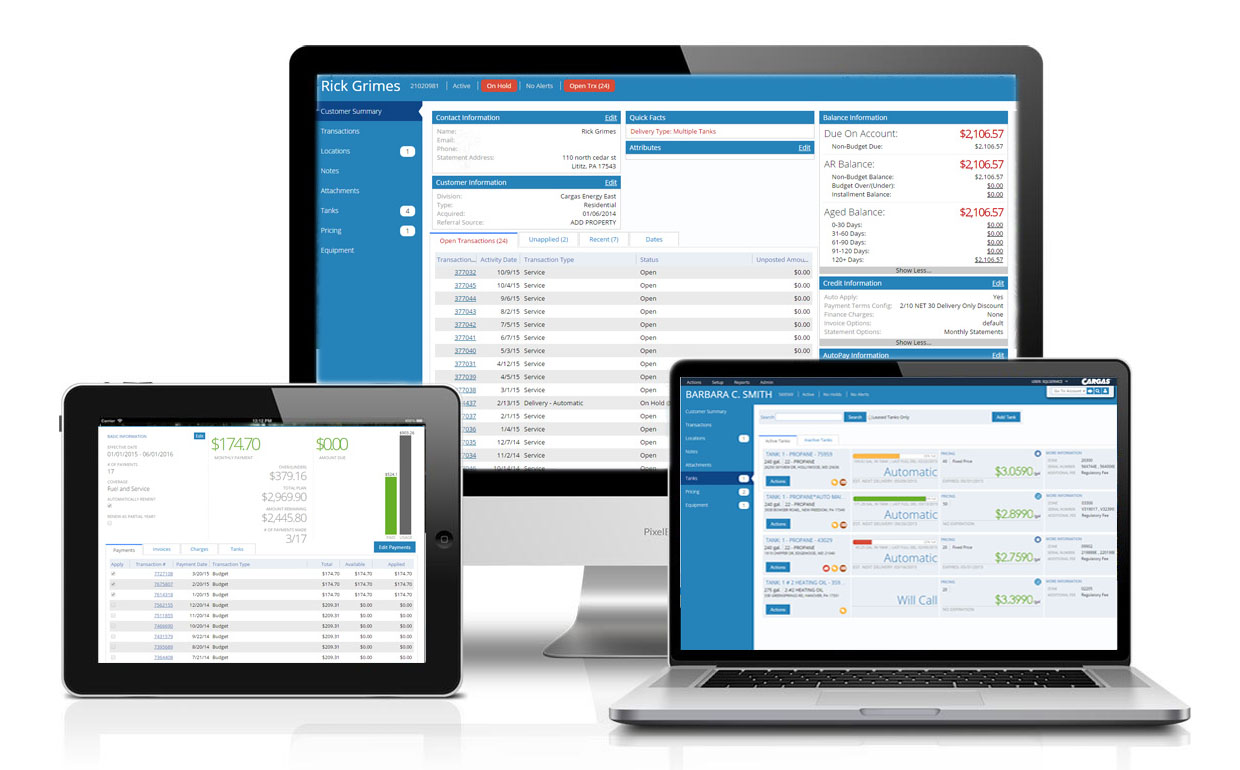
Software built on a web-based platform allows access from any device, anywhere.
CENTRALIZED
Whether you have one branch or fifty, your software should offer a one-stop-shop for all data related to your business. This not only increases efficiency for your CSRs and dispatchers, it allows you to easily evaluate business performance through consolidated reporting.

A centralized call center allows CSRs to serve customers across all of your branches.
MULTI-ENTITY FUNCTIONALITY
You should be able to configure your software to match your business model. If you want to acquire a company and roll it into your current business, your software should accommodate that. Or, if you want to acquire a company and operate it as a separate branch or division, your software should accommodate that, too.
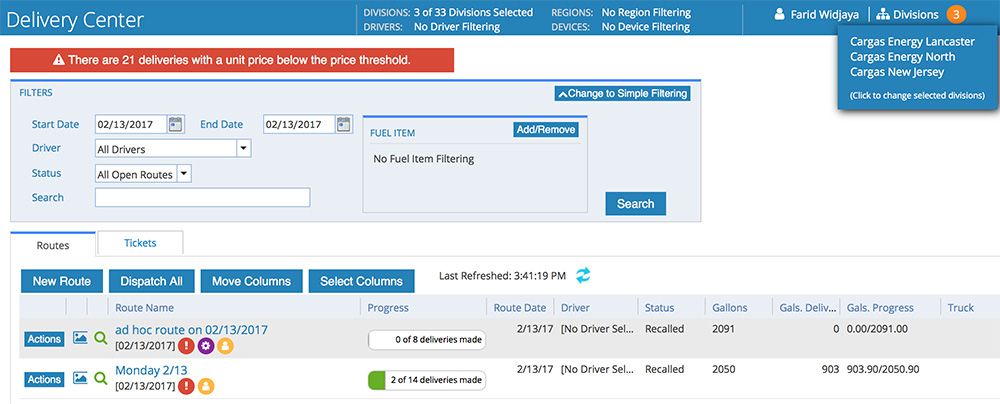
With divisional filters, you can dispatch for selected divisions or branches while simultaneously filtering out other branches to keep them from cluttering your view.
SCALABLE
Your software should be flexible enough to grow as your company grows. If you expand into new regions or add new services to your offerings, your software should have the capacity to manage those changes.
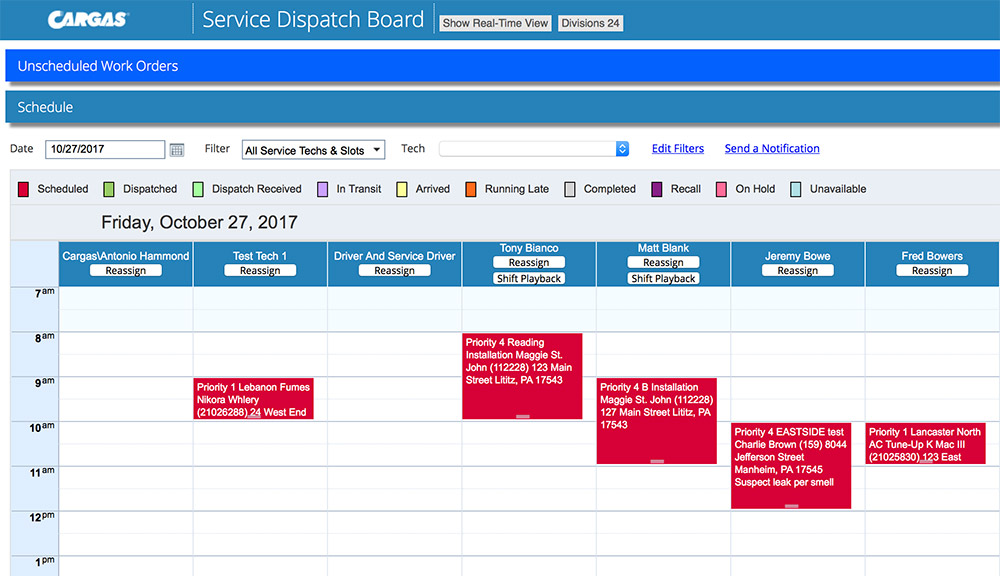
Your back-office software should have built-in service functionality, like an integrated dispatch board.
INTEGRATION OPTIONS
As your business grows, you may find you need to add to your software solution. To avoid the negative impacts of multiple systems that don’t operate together, your back-office software should easily integrate with other useful applications that benefit your business, like CRM (customer relationship management) and accounting software.
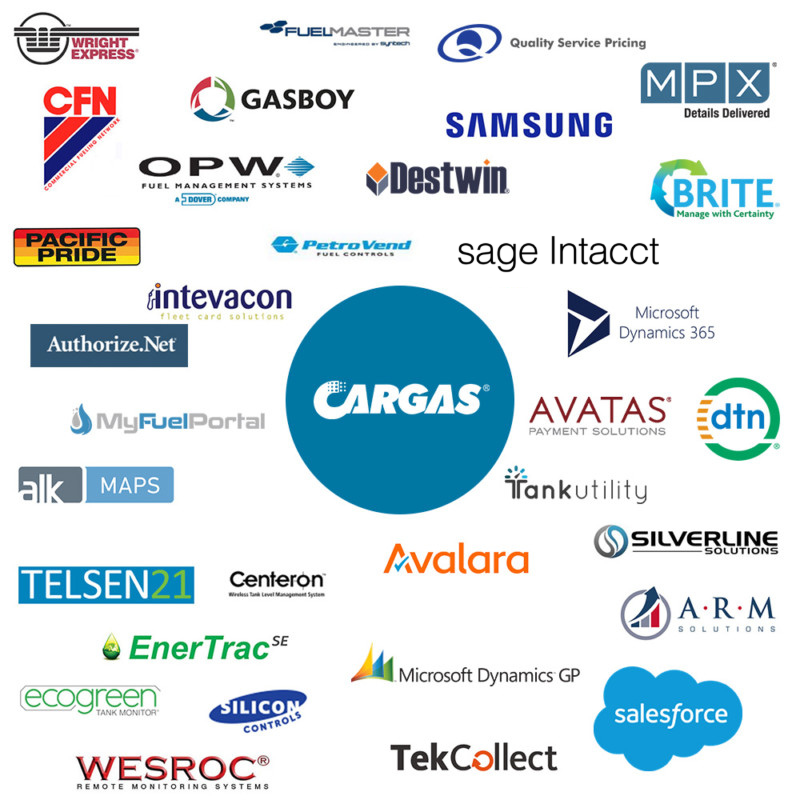
Modern back-office software should have a growing number of flexible integrations to the best products in the industry.
FINANCIAL MANAGEMENT
To properly evaluate business performance, you need timely access to solid financial data. Which is why your software should allow you to easily track and export financial information like customer transactions, bills, and invoices. Better yet, with proper integration capabilities as mentioned above, you software should sync up with your preferred accounting solution to make financial management even easier.
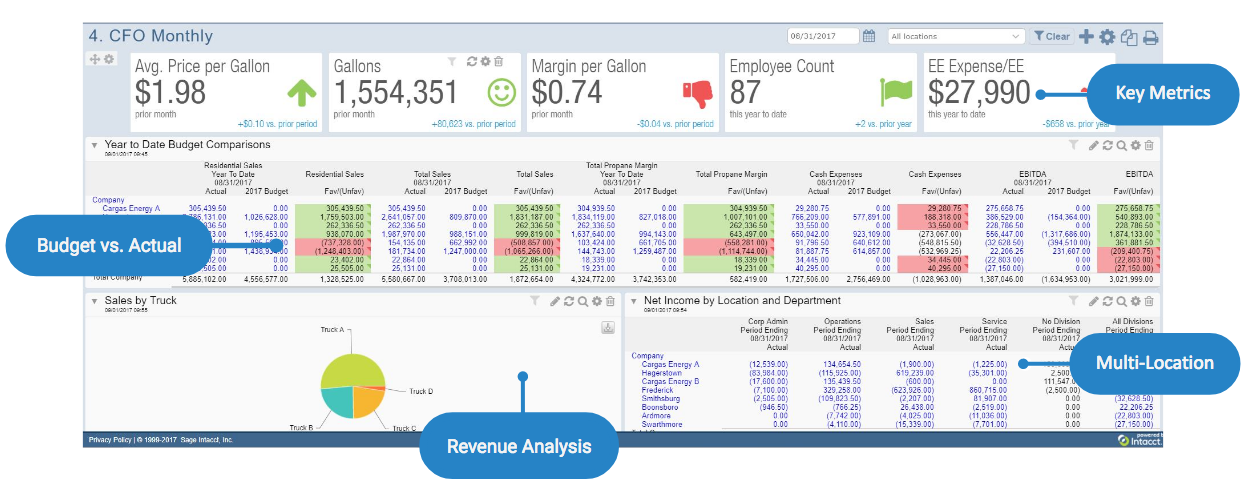
Integration to a best-in-class accounting solution such as Sage Intacct will provide a day-to-day snapshot of your company’s financial performance.
BUILT-IN INDUSTRY CAPABILITIES
Essential tools like truck routing and mobile software should not be an afterthought in your energy software. You’ll get the most from a system that has these features built into the program rather than “bolted on” after the fact.
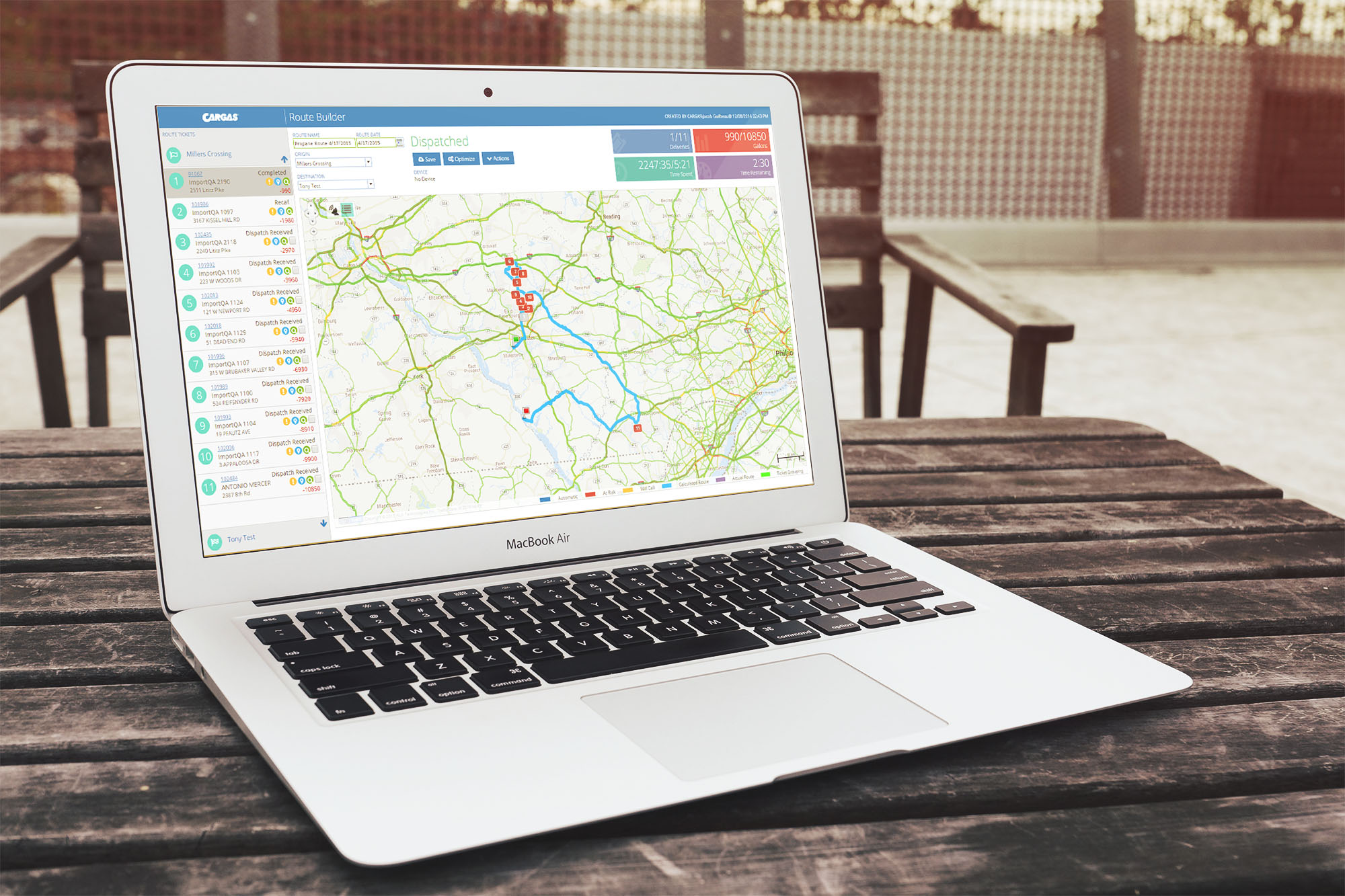
Built-in routing capabilities are essential for a seamless user experience.
FLEXIBLE SECURITY
Your software should allow you to access all of your data from one place, but it should also give you the ability to secure segments of data as you desire. If you have multiple branches, you probably want your CSRs to have access to customer information across all branches, but you may want to limit the access of your sales reps to their branch only. And your software should be capable of this.
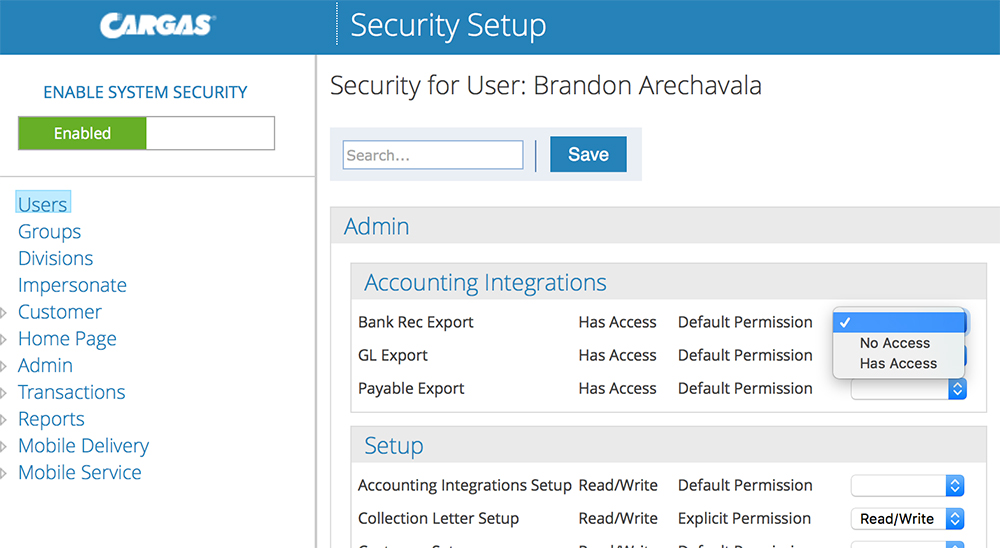
Software security features are often overlooked, but they are crucial to ensuring your cross-company operations are running smoothly.
SIMPLE
Ultimately you want your software experience to be, well, simple! Your system should be easy to set up, easy to learn, and easy to use so you can rapidly deploy it, no matter how many companies you acquire.
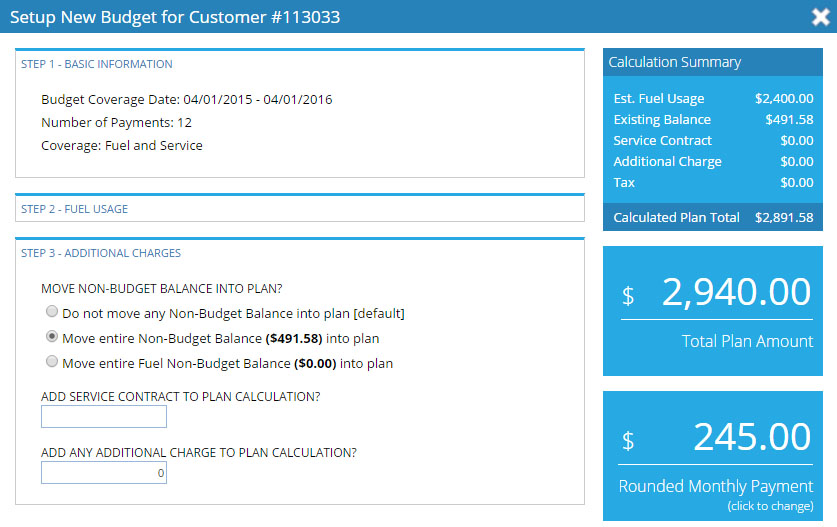
Well-designed software that is easy to learn and use will help increase user adoption when you acquire other companies.
If you’re thinking this wish list sounds a bit farfetched, you’re right. There hasn’t been a single consolidated system on the market that checks all of these boxes. Except Cargas Energy that is.
THE ULTIMATE ACQUISITION SOLUTION
Cargas Energy is the only software in the industry that provides web-based architecture, built-in routing and mobile, a single database environment, and seamless upgrades. In addition to the software’s capabilities, Cargas Energy comes with a dedicated tech services team that specializes in acquisitions and has successfully handled hundreds of data migrations for our customers.
So if you’ve already acquired and are looking to consolidate multiple systems, Cargas Energy and the Cargas team can handle that. If you’re planning to acquire and will need to migrate data, Cargas Energy and the Cargas team can handle that, too. If you’re not ready to acquire but are beginning to wonder whether your current software offers the functionality you really need, we’re happy to show you what Cargas Energy can do for your business.
When it comes to acquisitions, the importance of software can no longer be ignored. Inefficient software has the power to overrun your business, while the right software has the power to turn every acquisition into a worthwhile investment. Contact us to learn more about how Cargas Energy can change the future of your business, or visit us at cargasenergy.com.
